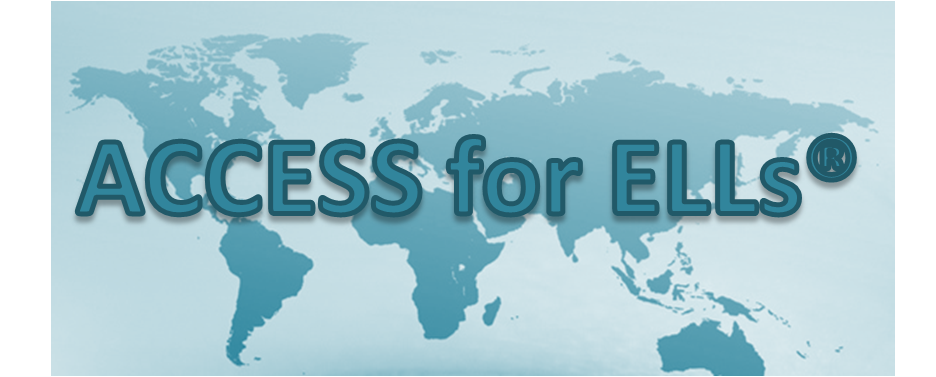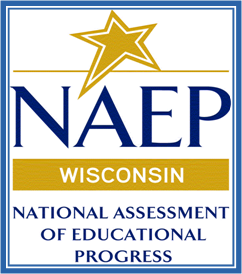Why are children in Wisconsin required to take standardized assessments?

What is the Wisconsin Student Assessment System (WSAS)?
The WSAS is a statewide program designed to provide information about what students know in core academic areas and whether they can apply what they know. The WSAS includes:
- The Wisconsin Forward Exam at grades at grades 3-8 for English Language Arts (ELA) and Mathematics, at grades 4 and 8 in Science, and 4, 8, and 10 in Social Studies
- PreACT Secure at grades 9 & 10 in English, Reading, Mathematics, and Science
- The ACT with writing at grade 11 for Reading, English, Mathematics, Science, and Writing
- Assessment for Reading Readiness
- Dynamic Learning Maps (DLM) at grades 3-11 in ELA and Mathematics, at grades 4 and 8 - 11 in Science, and at grades 4, 8, and 10 in Social Studies. DLM is an alternate assessment for students with the most significant cognitive disabilities.
Click on a main topic to jump to information below:
Wisconsin Forward Exam

The Wisconsin Forward Exam is an online summative assessment (measuring students’ cumulative progress from the past school year) that is administered in ELA and mathematics for grades 3-8, in science for grades 4, and 8, and 4, 8, and 10 in social Studies. The Forward Exam provides a measure of students’ knowledge and skills required to be college- and career-ready.
DLM
The DLM™ Alternate Assessment will let students with significant cognitive disabilities show what they know in ways that traditional multiple-choice tests cannot in grades 3-11 in ELA and mathematics, grades 4 and 8-11 in science, and grades 4, 8, and 10 in social studies. DLM is an untimed online assessment. Each student is administered the test on an individual basis. A student may take the test over several days, as long as it is completed within the testing window. The total time required to administer the test varies from student to student; however, it is estimated the entire test will take about 2.5 hours to complete.
ACCESS for ELLs®

Federal and state laws require that students identified as English Learners (ELs) be assessed annually to determine their level of English language proficiency (ELP) and ensure that they are progressing in achieving full English proficiency. This includes students who receive special education services. In addition to meeting these statutory accountability requirements, the annual ELP assessment can be effectively used for planning and instructional purposes. It serves as the single most psychometrically valid and reliable measure of a student’s ELP. Most ELs will take the ACCESS for ELLs assessment annually. ELs recognized under the individuals with Disabilities Education Act (IDEA; 2004) as having a significant cognitive disability and who are expected to participate in the Wisconsin Alternate Assessment are eligible to take the Alternate ACCESS for ELLs in place of the ACCESS for ELLs®.
ACCESS for ELLs® is designed to measure English language proficiency. It is a large scale assessment that is based on the WIDA Consortium’s ELD Standards that form the core of Wisconsin’s approach to instructing and testing ELs.
Alternate ACCESS for ELLs is designed to fill the same role as the regular ACCESS for ELLs for students in grades 1-12. This paper/pencil assessment is accessible for eligible students with significant cognitive disabilities.
The ACT with writing
![]()
Grade 11 students take the ACT® with writing consists of four multiple-choice tests: English, Mathematics, Reading, and Science; and an essay test that measures student writing skills. All students in grade 11 will be administered the ACT with the exception of the 1% of students with the most significant cognitive disabilities who will be assessed with the DLM assessment, Wisconsin's alternate assessment.
PreACT Secure
Beginning 2022-23, grade 9 and 10 students will be administered the PreACT Secure assessment with the exception of the 1% of students with the most significant cognitive disabilities who will be assessed with the DLM assessment, Wisconsin's alternate assessment. Students will be assessed in the areas of English, Mathematics, Reading and Science.
Assessment for Reading Readiness

Wis. Stats 118.016(1) requires an early literacy screener to be administered to all 4 year old kindergarten to 2nd grade students enrolled in public school districts and charter schools. School boards and charter schools are authorized to select a valid and reliable assessment of literacy fundamentals to fulfill this requirement. The purpose of this requirement is to:
- Identify students who are struggling to learn to read
- Find out what each student is ready to learn next, and
- Check each student’s reading progress during the school year.
The National Assessment of Educational Progress (NAEP)

NAEP also known as the Nation's Report Card, is the only nationally representative and continuing assessment of what America’s students know and can do in school. NAEP is a survey assessment. It provides results for populations and groups of students. It is not a testing program designed to provide individual student, school, or district results (except for a select group of urban districts that participate in the Trial Urban District Assessment).